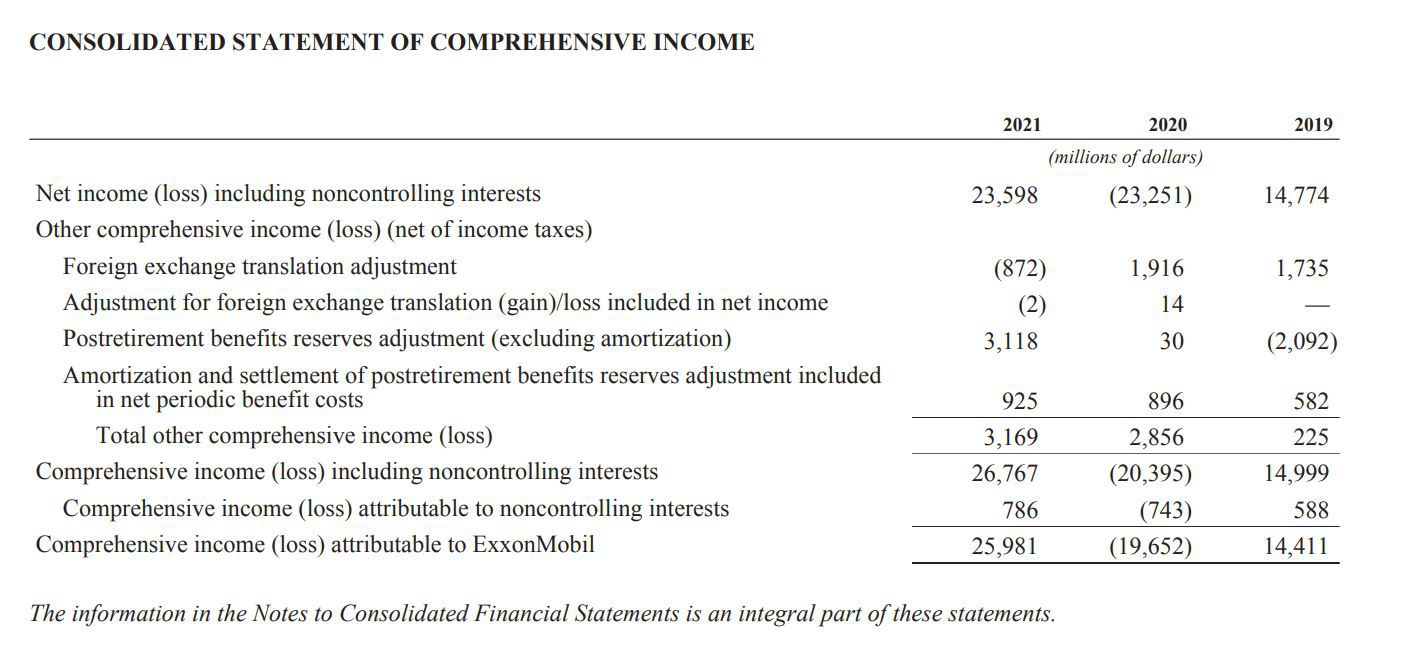Home>Finance>Top Line: Definition And Importance On Financial Statements


Finance
Top Line: Definition And Importance On Financial Statements
Published: February 9, 2024
Learn the definition and significance of finance in financial statements. Discover how finance plays a crucial role in analyzing and managing business finances.
(Many of the links in this article redirect to a specific reviewed product. Your purchase of these products through affiliate links helps to generate commission for LiveWell, at no extra cost. Learn more)
Welcome to the Finance Category on our Blog!
Are you ready to dive into the fascinating world of finance? We certainly are! In this Finance category, we will be exploring a wide range of topics, from understanding financial statements to investment strategies and everything in between.
Today, we’re going to take a closer look at a key financial term: the top line. Have you ever wondered what the top line on a financial statement is and why it’s so important? Well, you’ve come to the right place! Let’s explore the definition and the importance of the top line on financial statements.
Key Takeaways:
- The top line represents a company’s total revenue or sales.
- It plays a crucial role in assessing a company’s growth and financial performance.
Understanding the Top Line:
In finance, the term “top line” refers to a company’s total revenue or sales. It is called the top line because it is typically positioned at the top of the income statement, hence its name. The top line represents the first line of a company’s financial statement, displaying the company’s gross income before any deductions.
When you analyze a company’s financial statements, the top line is the starting point for assessing its revenue generation capabilities. It lets you know how much money the company has generated from its core business operations, such as selling products or providing services, over a specific period of time.
Importance of the Top Line:
The top line is of utmost importance when it comes to evaluating a company’s performance and growth potential. Here’s why:
1. Assessing Revenue Growth:
By examining the top line, you can determine whether a company is experiencing growth or decline in revenue. This is crucial because revenue growth is a key indicator of a company’s overall financial health. If a company consistently demonstrates strong growth in its top line, it suggests that it is successful in attracting customers and increasing sales. On the other hand, a declining top line may indicate an unfavorable market situation or poor management.
2. Comparing Performance:
Comparing the top line figures of different companies within the same industry allows you to identify leaders and laggards. If a company consistently outperforms its competitors in terms of revenue generation, it can be seen as a sign of competitive advantage. On the contrary, if a company lags behind its peers, it could indicate potential issues that need to be addressed.
Conclusion:
The top line is an essential component of a company’s financial statements, providing valuable insights into its revenue generation and growth potential. By understanding the top line, analysts and investors can better evaluate a company’s financial performance, make informed investment decisions, and gain a deeper understanding of the overall health of a business.
We hope this article has shed some light on the definition and importance of the top line on financial statements. Stay tuned for more educational and enlightening content in our Finance category!














